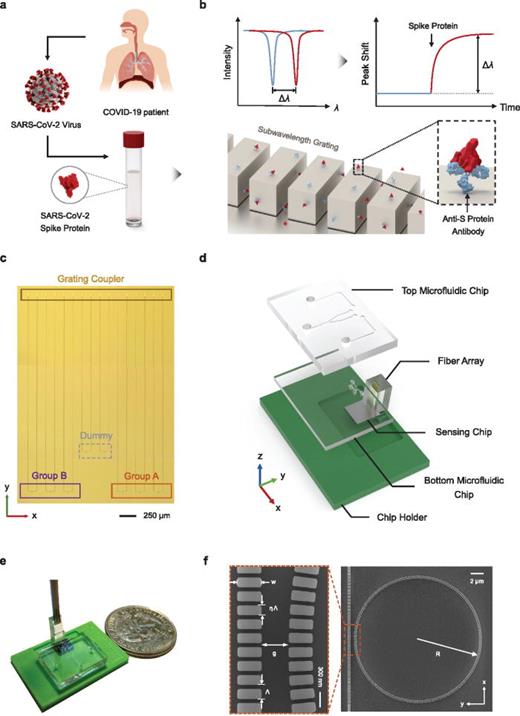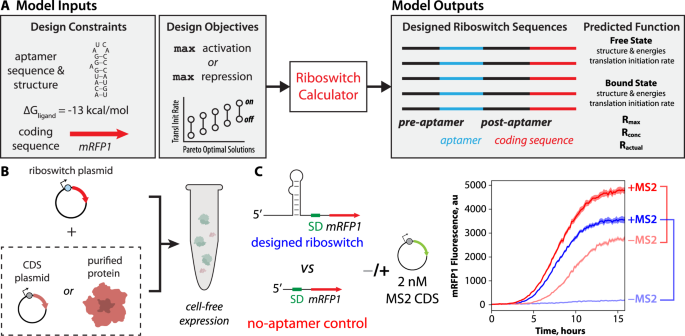2023-03-31 ノースカロライナ州立大学(NCState)
◆研究者は、スクラロース-6-酢酸という化合物が遺伝毒性を持ち、細胞のDNAを破壊することを発見した。さらに、スクラロース-6-酢酸は腸の健康にも悪影響を及ぼし、腸壁の通過性を高めることが示された。また、腸細胞の遺伝的活性も変化し、酸化ストレス、炎症、発がん性と関連する遺伝子の活性が増加した。
◆研究者は、スクラロースおよびその代謝物に関連する健康への潜在的な影響について再評価する必要があり、スクラロースを含む製品を避けることを勧めている。
<関連情報>
- https://news.ncsu.edu/2023/05/genotoxic-chemical-in-sweetener/
- https://www.tandfonline.com/doi/full/10.1080/10937404.2023.2213903
- https://www.tandfonline.com/doi/full/10.1080/15287394.2018.1502560
スクラロース-6-アセテートとその親スクラロースの毒性学的および薬物動態学的特性:現場スクリーニングアッセイ Toxicological and pharmacokinetic properties of sucralose-6-acetate and its parent sucralose: in vitro screening assays
Susan S. Schiffman,Elizabeth H. Scholl,Terrence S. Furey& H. Troy Nagle
Journal of Toxicology and Environmental Health, Part B Published:29 May 2023
DOI:https://doi.org/10.1080/10937404.2023.2213903

ABSTRACT
The purpose of this study was to determine the toxicological and pharmacokinetic properties of sucralose-6-acetate, a structural analog of the artificial sweetener sucralose. Sucralose-6-acetate is an intermediate and impurity in the manufacture of sucralose, and recent commercial sucralose samples were found to contain up to 0.67% sucralose-6-acetate. Studies in a rodent model found that sucralose-6-acetate is also present in fecal samples with levels up to 10% relative to sucralose which suggest that sucralose is also acetylated in the intestines. A MultiFlow® assay, a high-throughput genotoxicity screening tool, and a micronucleus (MN) test that detects cytogenetic damage both indicated that sucralose-6-acetate is genotoxic. The mechanism of action was classified as clastogenic (produces DNA strand breaks) using the MultiFlow® assay. The amount of sucralose-6-acetate in a single daily sucralose-sweetened drink might far exceed the threshold of toxicological concern for genotoxicity (TTCgenotox) of 0.15 µg/person/day. The RepliGut® System was employed to expose human intestinal epithelium to sucralose-6-acetate and sucralose, and an RNA-seq analysis was performed to determine gene expression induced by these exposures. Sucralose-6-acetate significantly increased the expression of genes associated with inflammation, oxidative stress, and cancer with greatest expression for the metallothionein 1 G gene (MT1G). Measurements of transepithelial electrical resistance (TEER) and permeability in human transverse colon epithelium indicated that sucralose-6-acetate and sucralose both impaired intestinal barrier integrity. Sucralose-6-acetate also inhibited two members of the cytochrome P450 family (CYP1A2 and CYP2C19). Overall, the toxicological and pharmacokinetic findings for sucralose-6-acetate raise significant health concerns regarding the safety and regulatory status of sucralose itself.
ラット脂肪組織におけるスクラロースの腸内代謝と生体蓄積性 Intestinal Metabolism and Bioaccumulation of Sucralose In Adipose Tissue In The Rat
Volker Bornemann,Stephen C. Werness,Lauren Buslinger & Susan S. Schiffman
Journal of Toxicology and Environmental Health, Part A Published:21 Aug 2018
DOI:https://doi.org/10.1080/15287394.2018.1502560

ABSTRACT
The aim of this study was to (1) determine if the organochlorine artificial sweetener sucralose is metabolized in rat intestine with repeated dosing and (2) examine whether sucralose might bioaccumulate in rat adipose tissue. Sucralose was administered to 10 rats by gavage daily for 40 days at an average dosage of 80.4 mg/kg/day. The dosages were within the range utilized in historical toxicology studies submitted for regulatory approval in North America, Europe, and Asia. Feces and urine were collected individually from each animal for every 24-hr period during the 40-day dosing period. Analysis of the urine and fecal extracts by ultra-high performance liquid chromatography tandem mass spectrometry (UHPLC–MS/MS) revealed two new biotransformation products that have not previously been reported. These two metabolites are both acetylated forms of sucralose that are less polar and hence more lipophilic than sucralose itself. These metabolites were present in urine and feces throughout the sucralose dosing period and still detected at low levels in the urine 11 days after discontinuation of sucralose administration and 6 days after sucralose was no longer detected in the urine or feces. The finding of acetylated sucralose metabolites in urine and feces do not support early metabolism studies, on which regulatory approval was based, that claimed ingested sucralose is excreted unchanged (i.e. not metabolized). The historical metabolic studies apparently failed to detect these metabolites in part because investigators used a methanol fraction from feces for analysis along with thin layer chromatography and a low-resolution linear radioactivity analyzer. Further, sucralose was found in adipose tissue in rats two weeks after cessation of the 40-day feeding period even though this compound had disappeared from the urine and feces. Thus, depuration of sucralose which accumulated in fatty tissue requires an extended period of time after discontinuation of chemical ingestion. These new findings of metabolism of sucralose in the gastrointestinal tract (GIT) and its accumulation in adipose tissue were not part of the original regulatory decision process for this agent and indicate that it now may be time to revisit the safety and regulatory status of this organochlorine artificial sweetener


